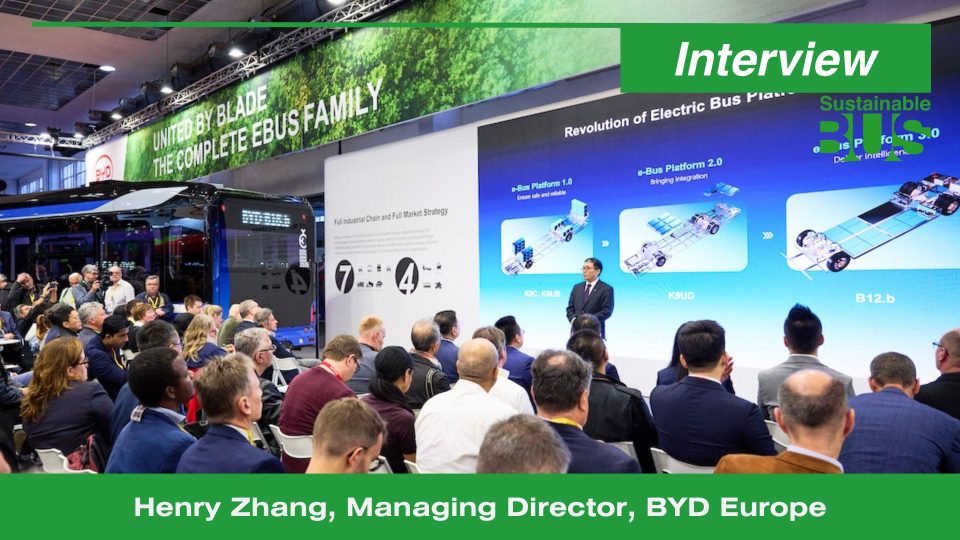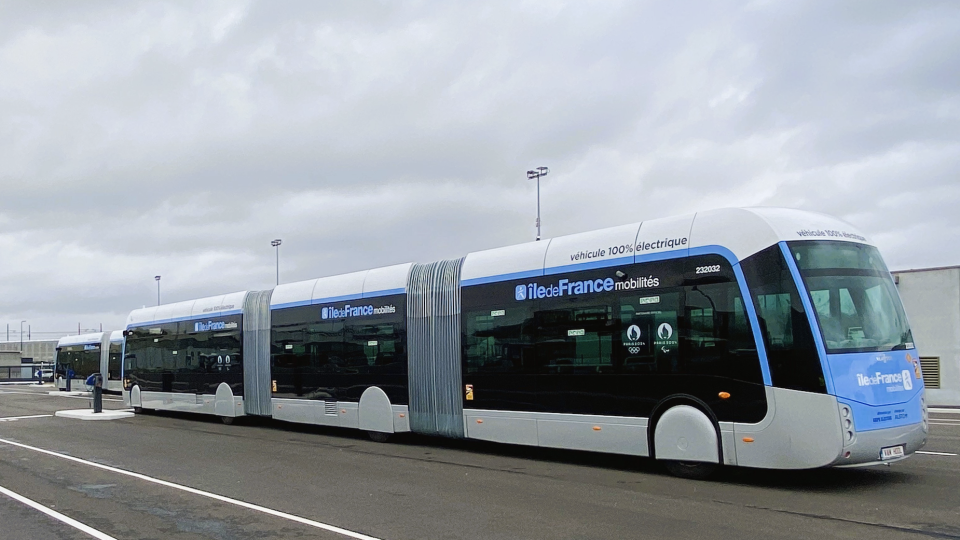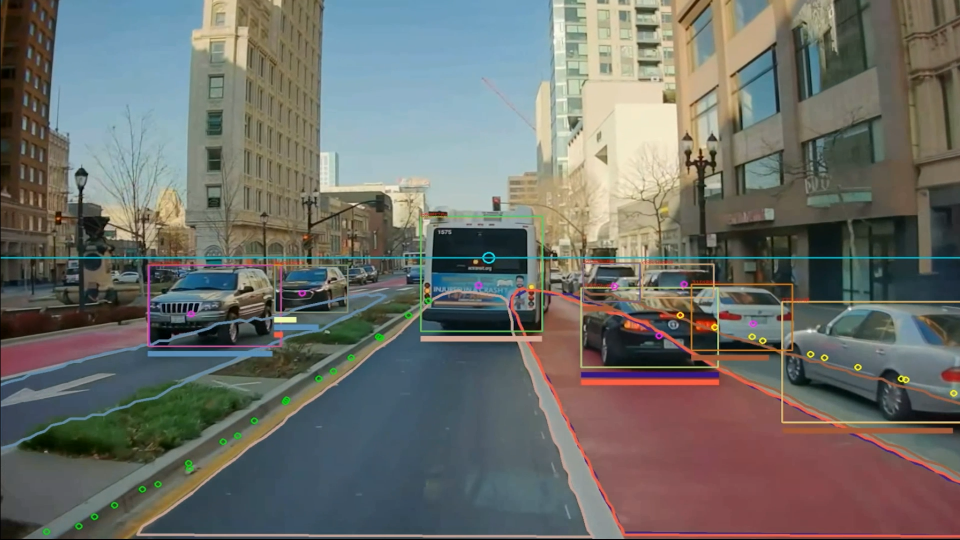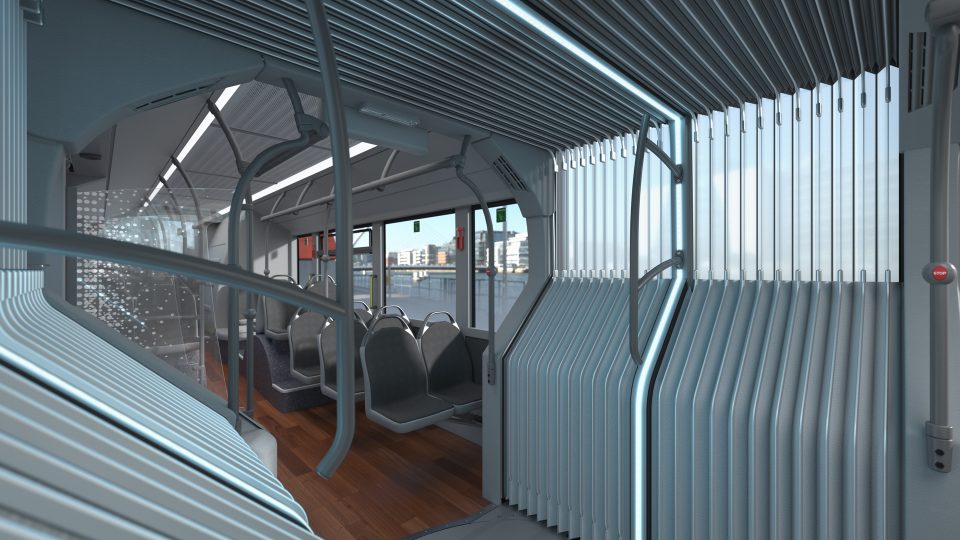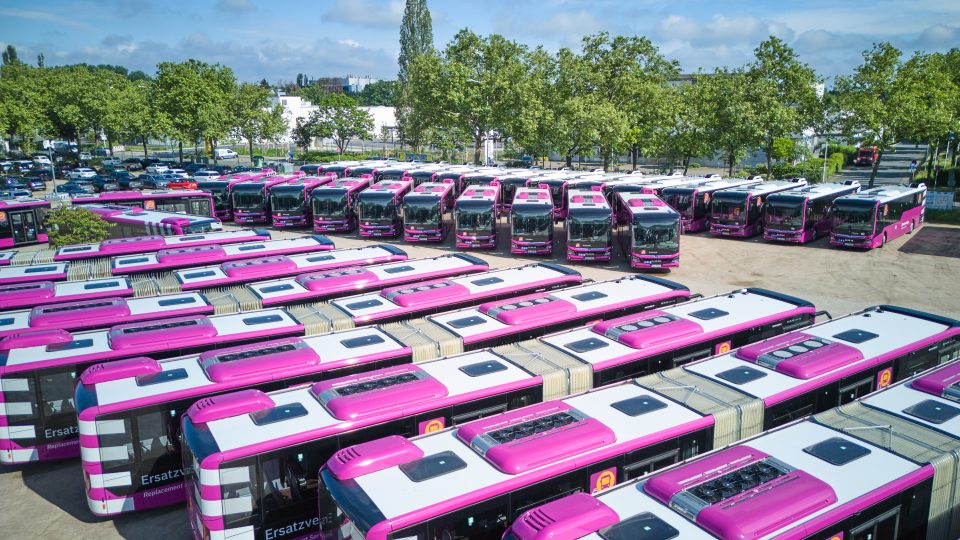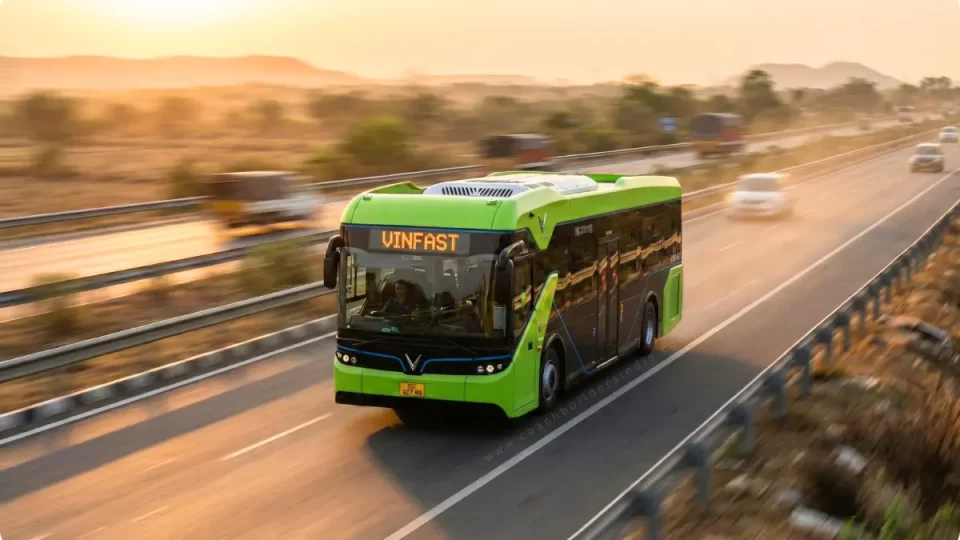Vienna’s line 39A switches to full hydrogen operation thanks to CaetanoBus fleet
Ten new hydrogen buses are set to enter service in Döbling district from 1 December, marking the first fully hydrogen-operated route in Vienna. Wiener Linien announces it is expanding its zero-emission bus offer with the deployment of ten CaetanoBus H2.City Gold vehicles on Line 39A, following the introduction of battery-hydrogen buses in the city centre. […]
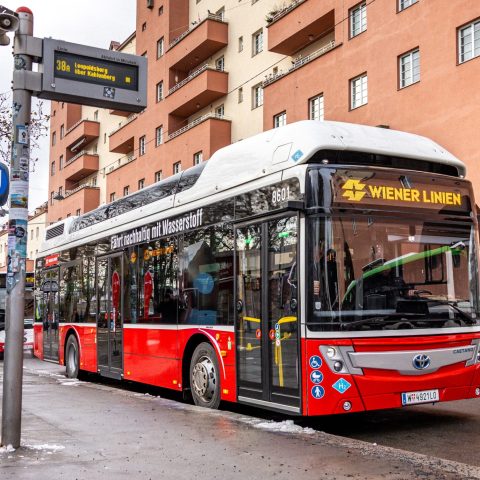
Ten new hydrogen buses are set to enter service in Döbling district from 1 December, marking the first fully hydrogen-operated route in Vienna.
Wiener Linien announces it is expanding its zero-emission bus offer with the deployment of ten CaetanoBus H2.City Gold vehicles on Line 39A, following the introduction of battery-hydrogen buses in the city centre. The tender was awarded back in early 2024. Green hydrogen is supplied by Wien Energie, produced from renewable electricity at the Smart Campus of Wiener Netze in Simmering, enabling fully emission-free operation, the operator points out.
With the deployment on Line 39A, twelve Wien bus routes have now transitioned to modern zero-emission propulsion since 2024, powered either by green electricity or green hydrogen. Testing of additional battery-electric and fuel cell bus models continues as part of Wiener Linien’s long-term procurement strategy. The operator has also introduced a Hyundai model on a pilot. Also ten short hydrogen buses from Rampini were delivered.
CaetanoBus fuel cell buses for Vienna
Wiener Linien opened a new competence centre for electromobility in February 2024, and many bus routes have now been converted to purely electric drives, with 30 twelve-metre-long Mercedes eCitaro in operation (they’ll be 60 at the end of the supply).
Line 39A — known for steep gradients, short stop spacing and high peak-time loads — is one of the most demanding routes in the city. Its profile, in the intention of Wiener Linien, makes it a fitting environment for hydrogen buses, which combine long range with stable performance on hilly terrain. In recent weeks, vehicles and staff have undergone extensive testing and training ahead of the transition. More than 80 percent of Wiener Linien passengers are already travelling on low-emission modes.
According to the operator’s press note, the Wiener Linien hydrogen buses (model CaetanoBus H2.City Gold) feature a 180 kW Siemens central motor powered by a 70 kW Toyota fuel cell, with five roof-mounted hydrogen tanks (37.5 kg total). The 12-metre bus offers a minimum range of 400 km, allowing full-day operation without refuelling, including potential use on night services. The model accommodates 78 passengers, provides a combined wheelchair/pram space and is fully air-conditioned.
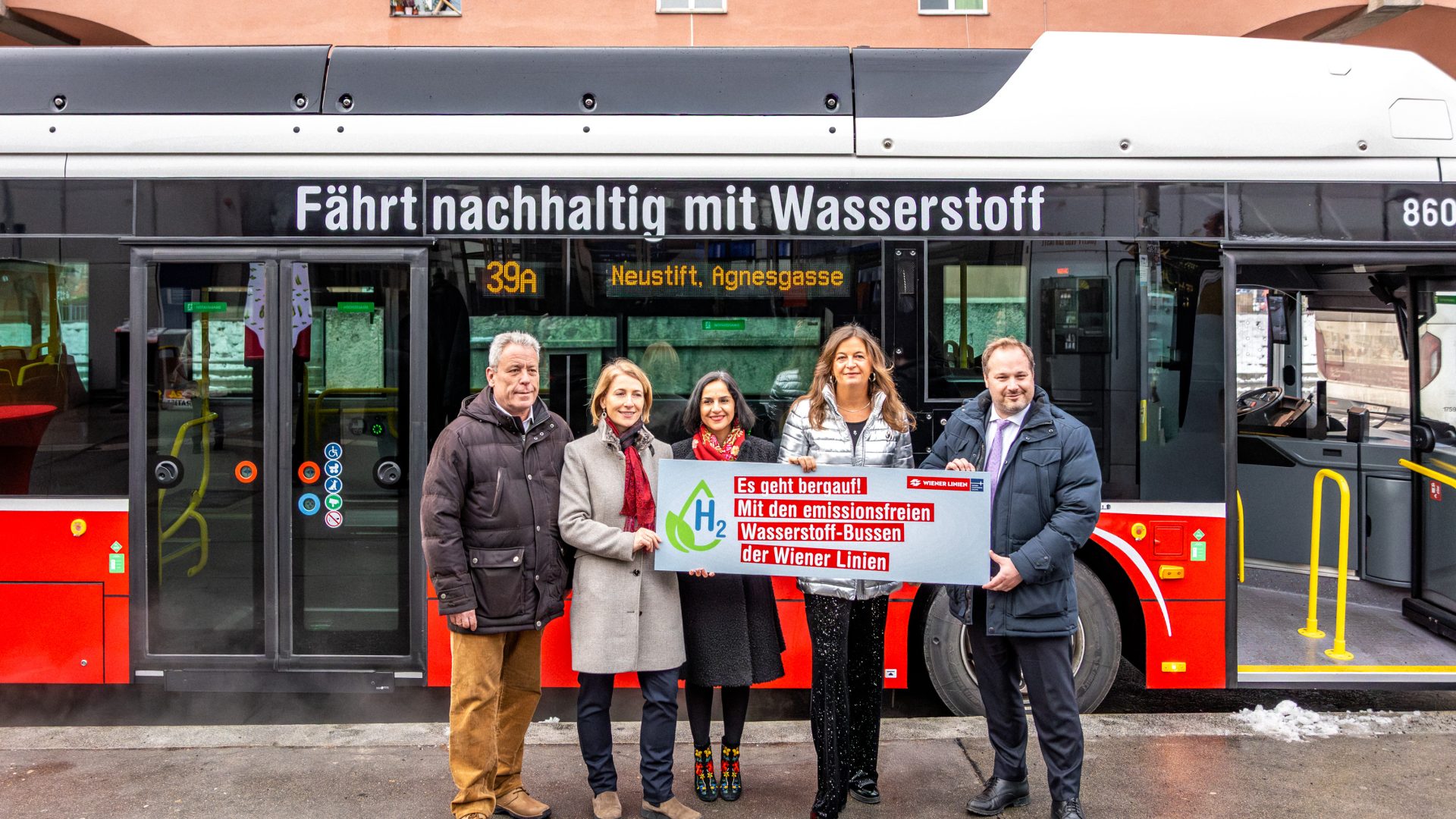
Investment in the purchase and maintenance of the new hydrogen buses totals EUR 10.4 million, jointly funded by Wiener Linien, the Ministry for Innovation, Mobility and Infrastructure and the EU. The buses are operated from the Leopoldau depot, which hosts the company’s own hydrogen refuelling facility.
“Following the introduction of battery-powered hydrogen buses in the city centre, their “big brothers” will now be launched on line 39A in December. This once again demonstrates Wiener Linien’s pioneering role in climate protection. Thanks to innovative hydrogen technology, we can operate around the clock. Our drivers have already tested the buses extensively under real-life conditions over the past few weeks. From Monday, Vienna’s largest carpool will be able to benefit from environmentally friendly and safe mobility while enjoying a high level of comfort,” explains Gudrun Senk, Technical Director of Wiener Linien.
Monika Unterholzner, Deputy Director General of Wiener Stadtwerke: “The Wiener Stadtwerke companies are joining forces here to make Vienna once again a European role model in the decarbonisation of public transport with the new H2 buses. Wien Energie produces hydrogen from green electricity at the Smart Campus of Wiener Netze, which is used by Wiener Linien buses to transport passengers safely and emission-free to their destinations.”

